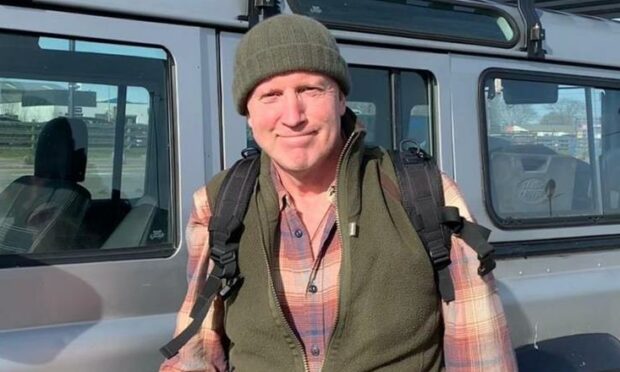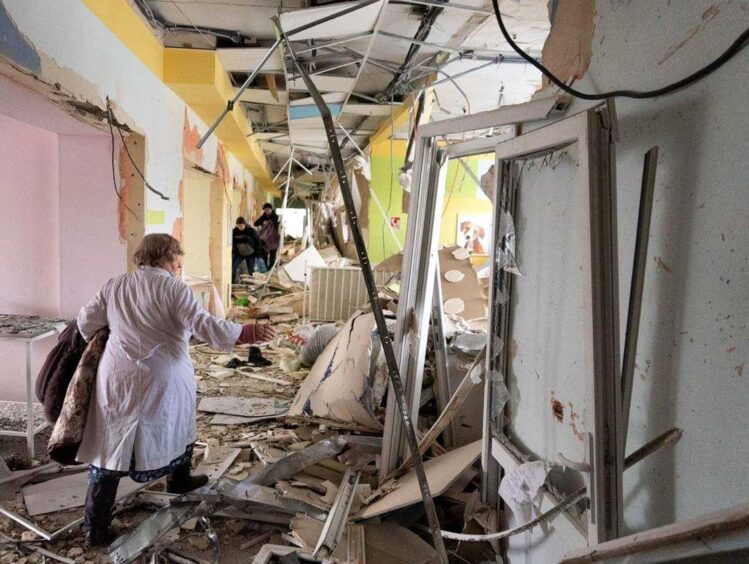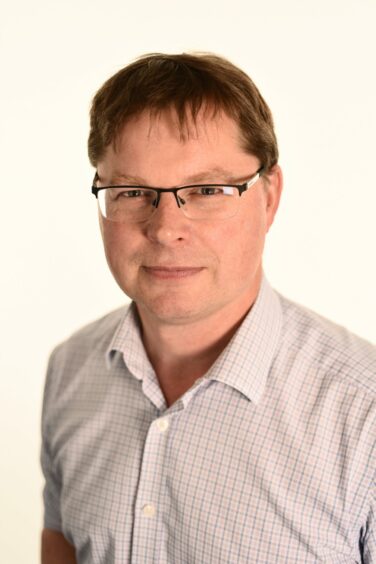An Inverness surgeon has praised his colleagues for their support as he heads to Ukraine for the third time since the war began last year.
Consultant Andy Kent went to Ukraine said that many of the injuries he sees are akin to injuries that would have been witnessed in the First World War.
Mr Kent, who was made an OBE in the Kings New Year’s Honours List, will be joined by fellow surgeon Angus Watson in Ukraine.
Speaking on BBC Radio Scotland’s Good Morning Scotland programme, Mr Kent said: “We were seeing First World War-type injuries I never thought I would see in my career.
“Some of the wounds were several days if not weeks old and we were seeing civilians being pulled out of buildings with wounds that were perhaps three weeks old.”
‘Traumatic experience’
Mr Kent spent two decades in the British Army, serving in both Gulf Wars as well as Afghanistan and the former Yugoslavia before joining NHS Highland 20 years ago.
Since he left the army he has volunteered for humanitarian aid work working in a number of regions around the world.
He said Ukraine was the most “traumatic experience” he has ever had as a surgeon. He said he mainly dealing with women and children who had been under attack for six to eight months.
He said: “That was heart-rending, treating young children and women.”
In March last year, he made his first visit to the country after being asked by charity UK Med to join a recce team to assess Ukrainian hospitals.
He returned for a six-week visit in May, when he was mainly based in Dnipro working in local hospitals helping to support surgeons and developing health care.
Mr Kent said: “You see very much like First World War injuries that I never thought I would see in my career.
“Most of the surgical trauma that we offer help with is limb reconstruction trauma. We are dealing with high-velocity gunshot wounds or blast injuries.
He added: “Young guys were coming in with limbs blown off, and huge chunks taken out of them. Which was quite distressing.”
He will spend two months in Ukraine. He will also be doing reece visits around the country.
Mr Kent continued: “UK Med will backfill my salary using UK aid budgets.
“Which means there isn’t a gap when I deploy. My patients are looked after by my colleagues, and I have always had strong support from them.”
Angus Watson, a professor of surgery at Aberdeen University and a consultant surgeon at NHS Highland, also hopes to head back to Ukraine later this year.
He is another volunteer with UK Med and deployed to Ukraine for the first time last year to help build a field surgery unit to resume health services disrupted by the war.
Mission to build a field hospital
Mr Watson, a veteran Gurkha and reservist with the Royal Medical Corps, said: “We were on a mission to build this unit in a hospital that had been shelled by Russian tanks.
“The operating theatre had been taken out and the obstetrics unit had been also been shelled. Every window in the hospital had been shattered.
“The staff during the attack had moved all patients to the basement.”
The surgical unit has since been moved to the basement to protect it from further attacks, and to help shelter patients and staff from winter’s severe weather.



Conversation